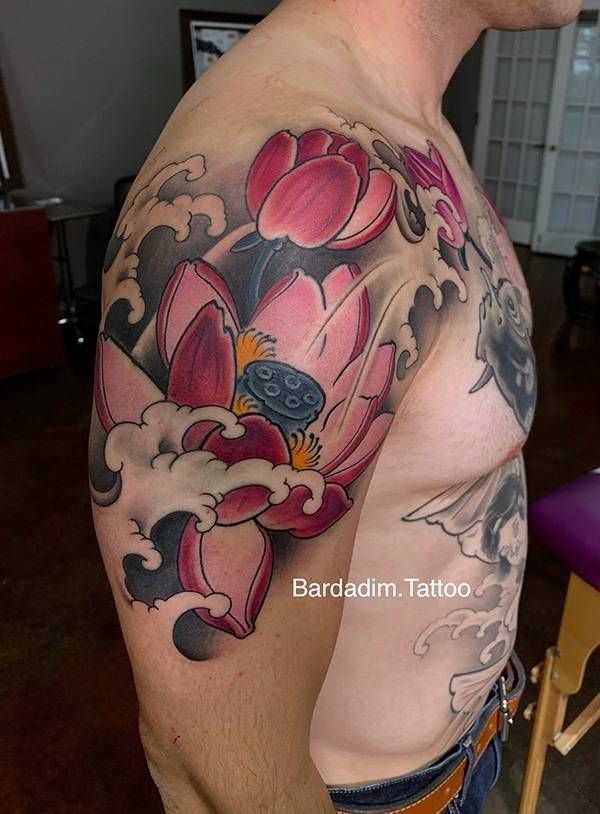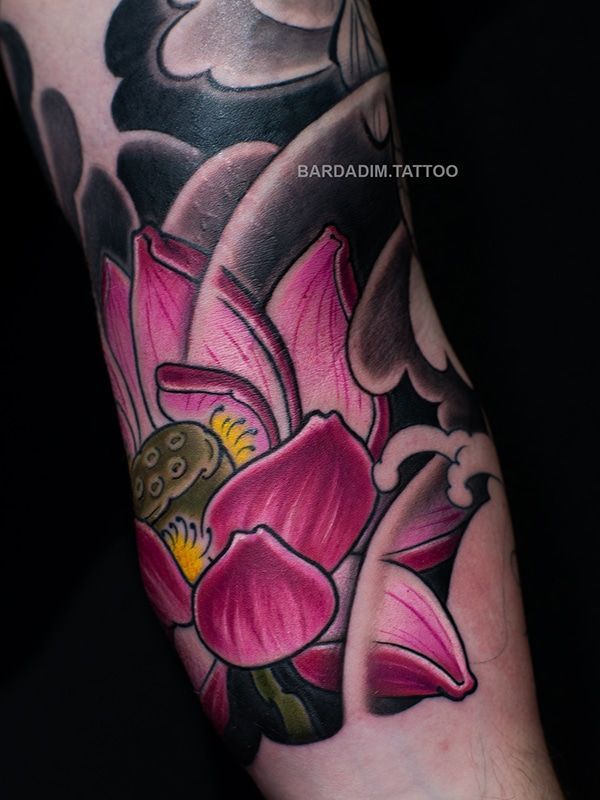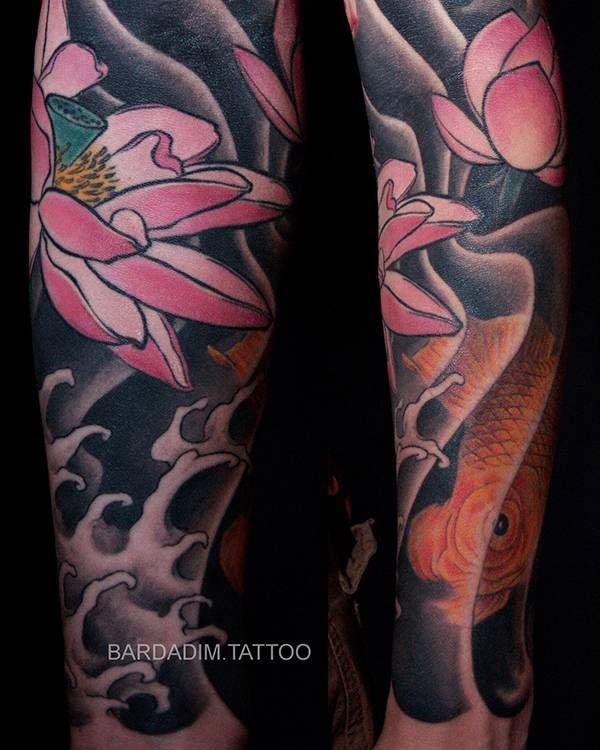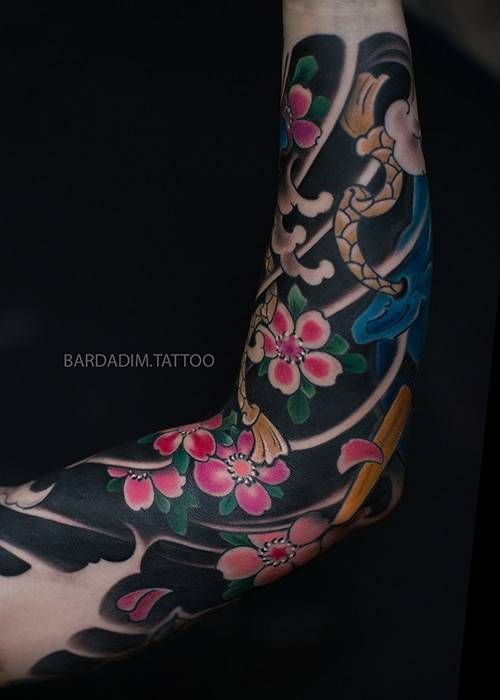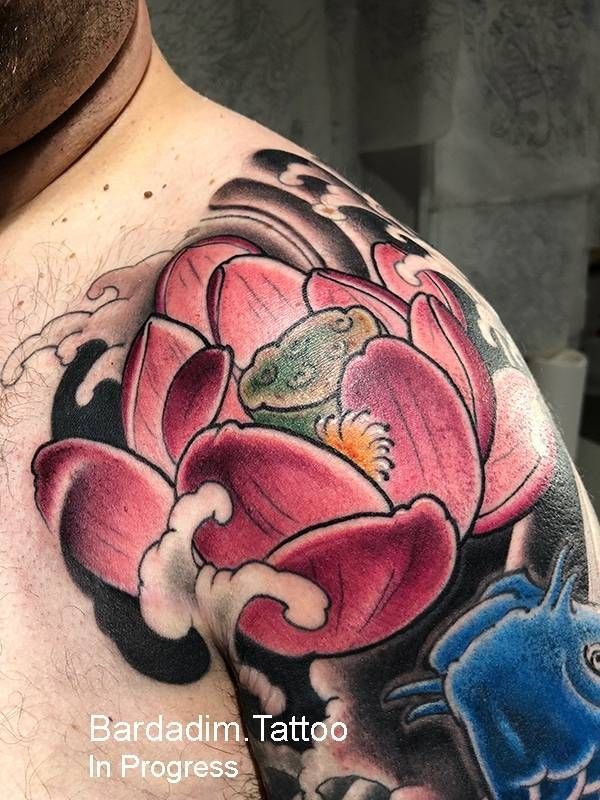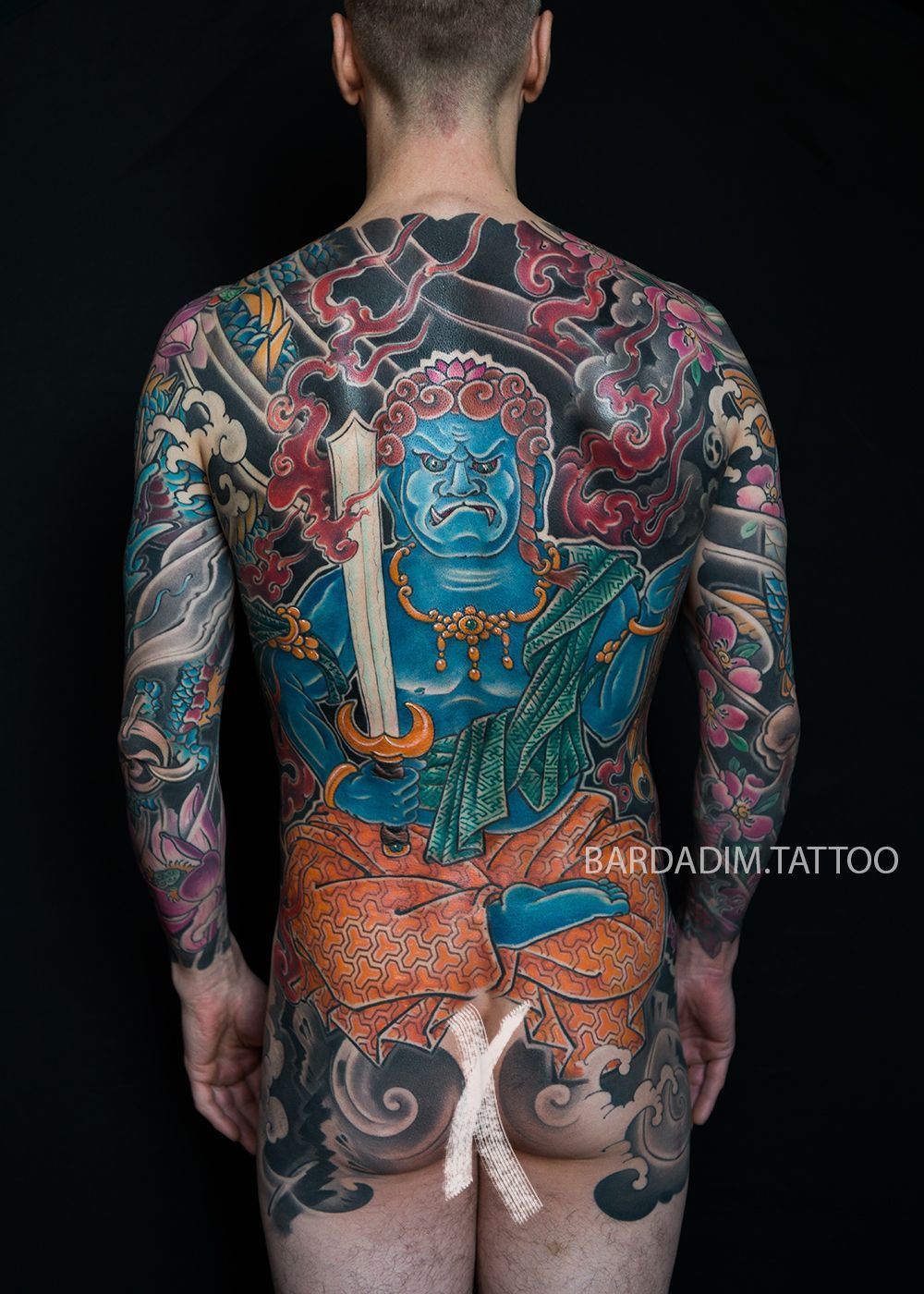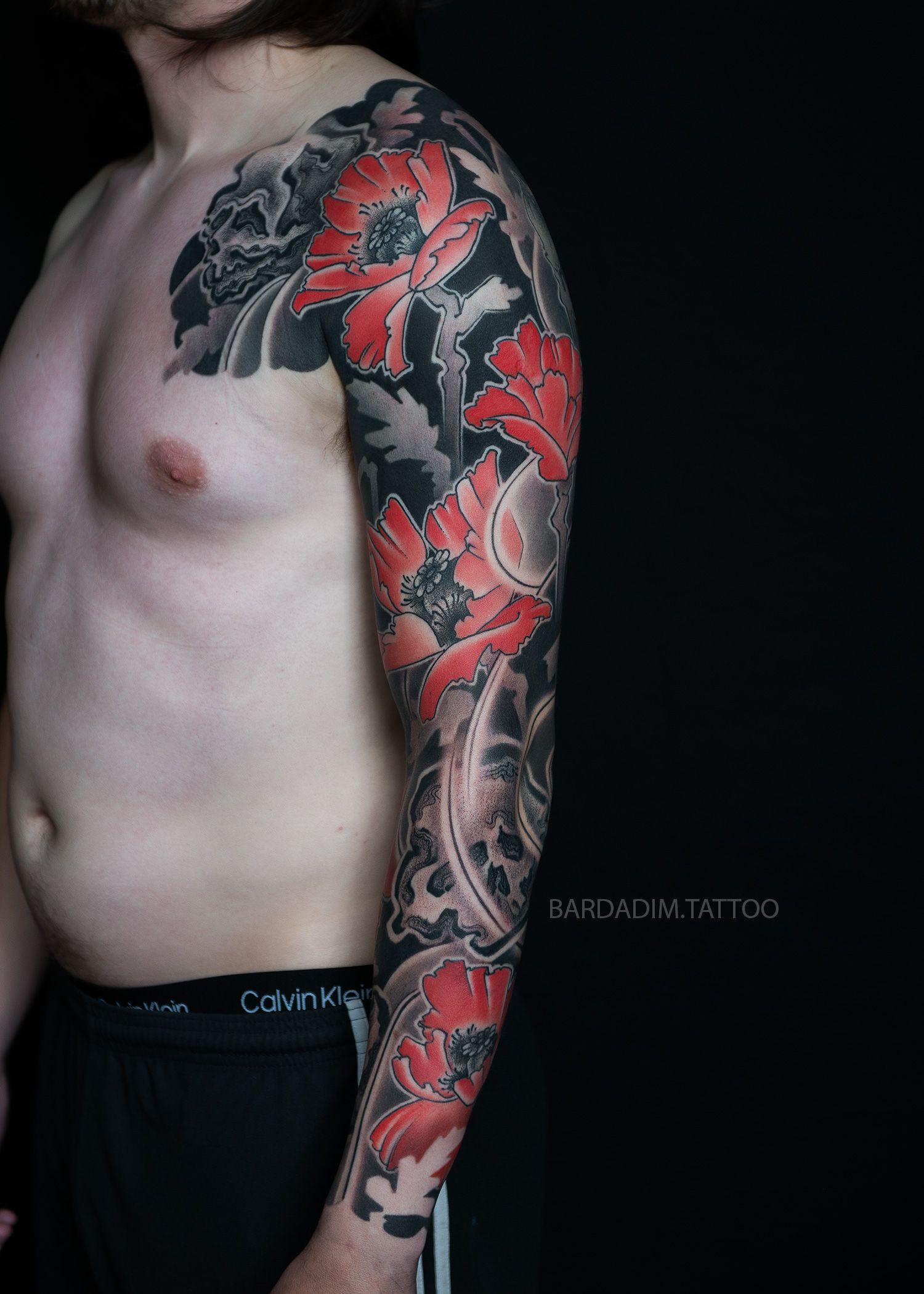Tattoo Aftercare Instruction
No need to explain how important the healing period is. Bad healing can destroy all the work done by a tattoo artist. Sometimes its possible to fix it but it will take more hours of tattooing – pain and money. Sadly, sometimes its impossible to fix at all. I am as an Artist Interested in Good Healing not less than my customer. Every Tattoo I’ve done is my reputation. Unfortunately I can’t control the Healing Process personally, all I can do is give my recommendations. This is my Tattoo Aftercare Instruction:
AFTERCARE TREATMENT FOR YOUR TATTOO
So you got a new tattoo. Here’s the best way to take care of it.
1. Leave the tattoo bandaged for a minimum of 4-6 hours. Normally I recommend to keep the tattoo wrapped until the next morning but if you feel the bandage will come off while you are sleeping, please remove it before going to bed.
2. Gently remove bandage under warm running water to reduce the risk of damaging the tattoo.
3. Once bandage is removed, using an unscented soap, wash away all blood or other liquid from the tattoo using your hand and warm soapy water.
4. When you are done washing the tattoo off, gently pat the tattoo dry with a paper/clean towel and allow the tattoo to air dry for about 5-10 minutes.
5. Apply recommended lotion (recommended especially for Tattoo Aftercare, we supply our customers with Lubriderm), taking minimal possible amount. Just few drops to slightly moisturize the tattooed skin. Please make sure the lotion is full absorbed by your skin and does not leave any residue on the skin surface! It must dry immediately.
6. After waiting 2-3 minutes inspect your tattoo carefully and if you see blood coming out, wipe it gently with paper towel. Do NOT scrub, just wipe!
7. Leave your tattoo alone. Do NOT re-bandage!
8. First day after getting tattooed, inspect your tattoo carefully every 2-3 hours, if you see it’s bleeding, wash the blood away and cream your tattoo after each washing. (As described in 3-6 paragraphs)
9. That’s it. Next days, during the whole healing period the tattoo must NOT be washed anymore(since it doesn’t bleed anymore!), but the lotion must be applied to the tattoo 4-8 times daily for about 10-14 days, until the tattoo is finished peeling.
DO NOT:
• Pick or scratch tattoo while it is peeling!
• Soak the tattoo for 2 weeks. No swimming, baths, hot tubs or saunas for 2 weeks! Regular quick shower is fine.
• Apply alcohol, Vaseline, Petroleum Jelly or sun block until tattoo is completely pealed. NO shaving or waxing area to fresh tattoo.
• Expose tattoo to direct sunlight for first 2-3 months, sunblock after complete healing.
• Listen to friends or so-called tattoo experts. If you have questions just email me! And especially at the first sign of uncommon body reaction!
Once you leave the shop, proper care of your tattoo is your responsibility!
Tattoo Aftercare Instruction by George Bardadim, based on 30 years of experience in tattooing.
Examples of completely healed tattoos are shown above. More Tattoos in Portfolio.
All Tattoo Projects
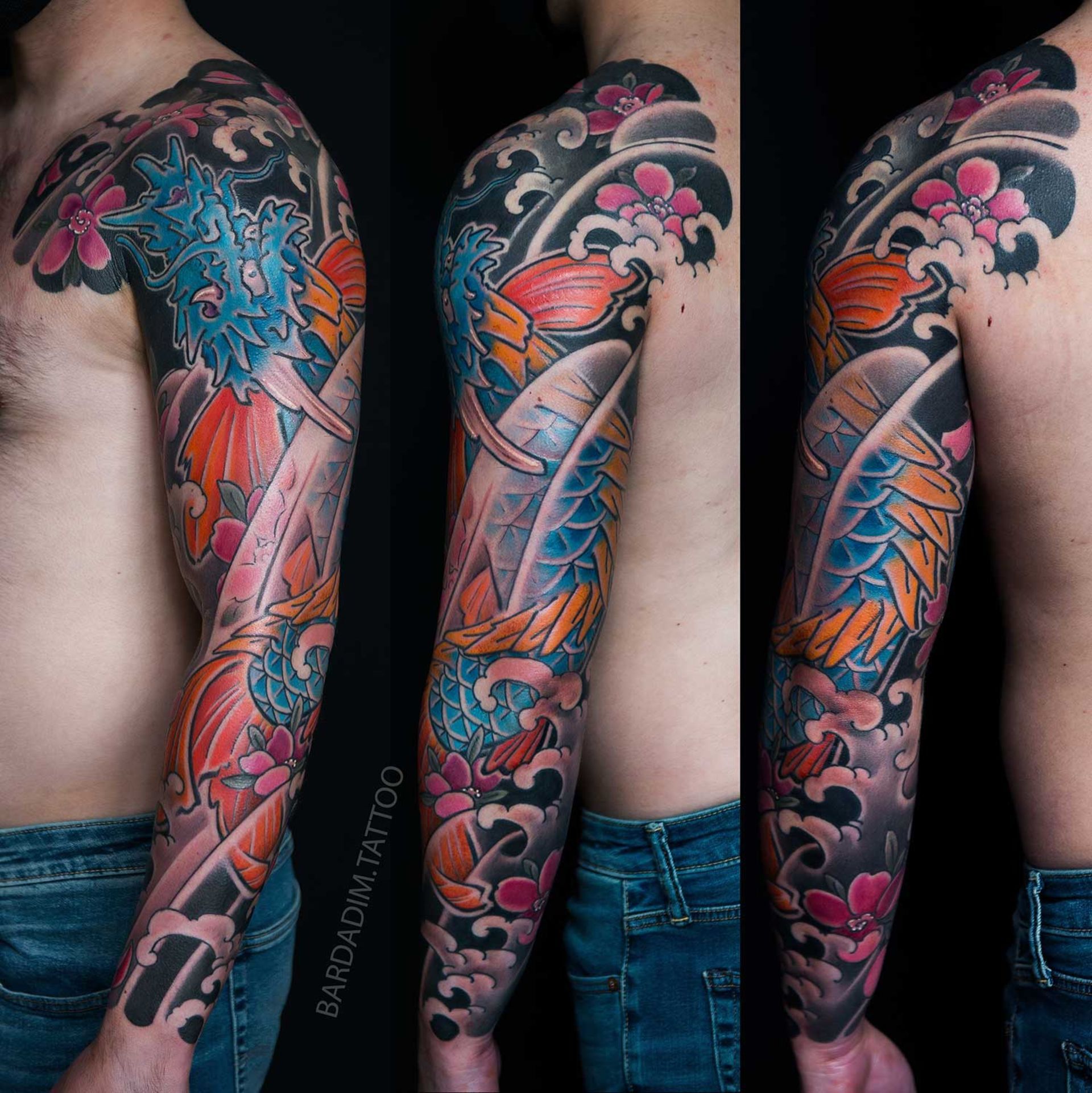
Other Posts

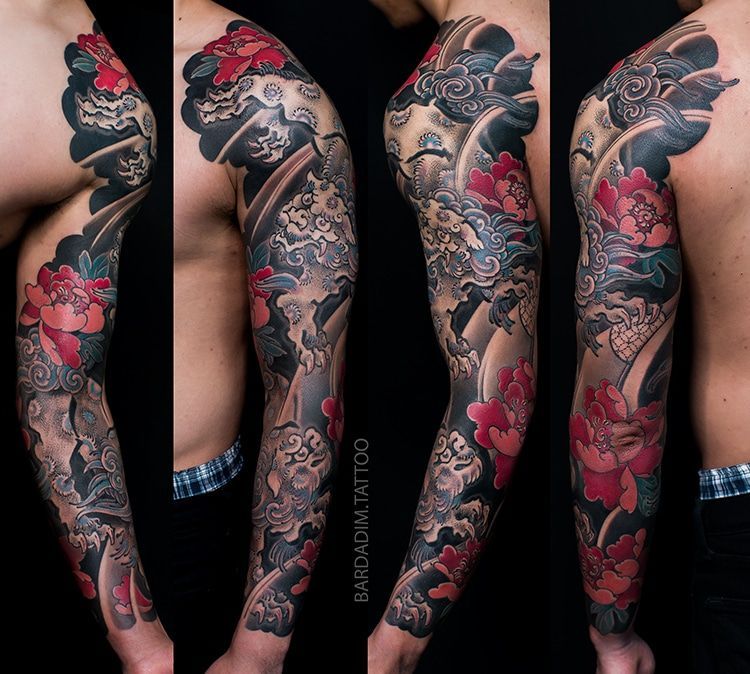
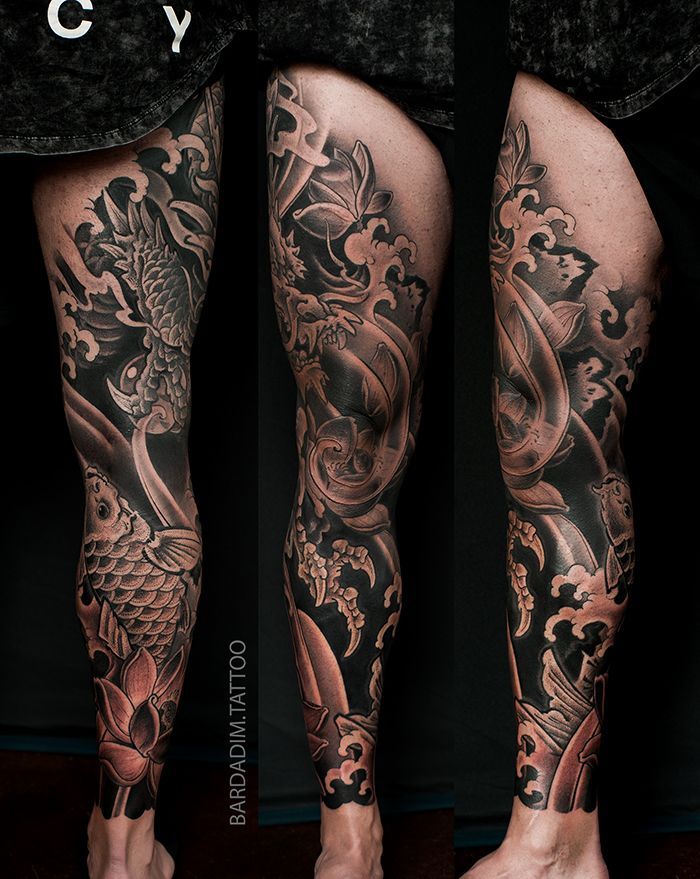
Ready to start your tattoo project?
We do NOT do walk-ins. ONLY private appointments which really easy to schedule. Please learn the process and request your consultation.


